Close
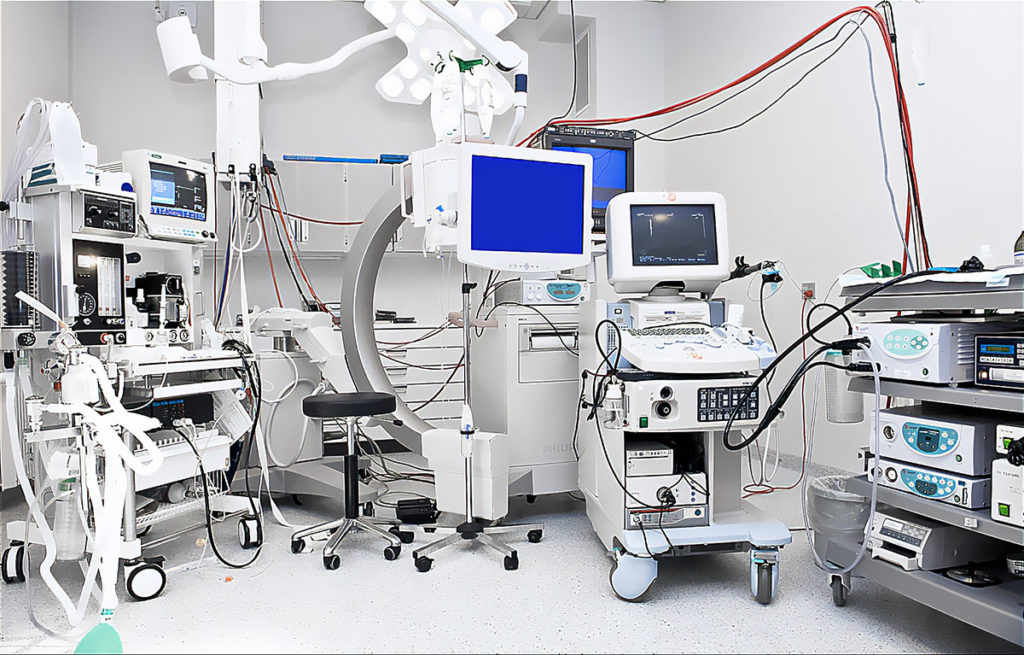
● Let service seekers generate the next token in the queue with a date and time stamp.
● Makes room for many token dispenser units to avoid overcrowding.
● Let service providers see all his tokens at his table exclusively.
● Gives the service provider the option to contact token holders from the list of
people already contacted or from the waitlist.
● Informs the persons waiting that the token number is being called out verbally and visually in a common language.
● Streamlines large hospital patient flow: Manages patient flow to reduce crowding and confusion.
● Provides alerts and changes in real-time: Gives patients up-to-date information about wait times and notifications over the one.
● Allows multi-department scheduling: Optimises resource allocation by managing waits across several healthcare departments.
● Prioritises emergencies and special cases: By automatically assigning them precedence, it ensures that critical patients, elders, or those with disabilities receive speedier care.
● Improves productivity and the quality of patient care: Optimises operations to decrease wait times, enhance workflow, and increase patient
happiness.
● The MS-QMS is designed to transfer tokens seamlessly between different
services.
● The token numbers and their newly assigned turn numbers are displayed on waiting hall screens for better visibility.
● User-friendly software removes the need for specialized training, ensuring ease of use.
● Offers browser-based software modules to ensure easy installation and setup.
● A comprehensive configuration module provides versatility to meet various
operational needs.
● The system uses license-free software tools, making it an economical solution.
● Key functionalities like token retention, recall, and other management features are integrated.
● SMS alerts can be sent when a token is called to inform users.
● Automatic alerts are triggered (configurable) in case of prolonged inactivity or tokens remaining unchanged for an extended period.
● Token handling stations are designed to manage multiple queues, which is ideal for environments with high traffic or multiple service providers.
● Various management information system (MIS) reports are generated for
resource management.
● The system randomly allocates tokens to service providers for services requiring token coins, with provisions to display service provider details alongside the
called token.
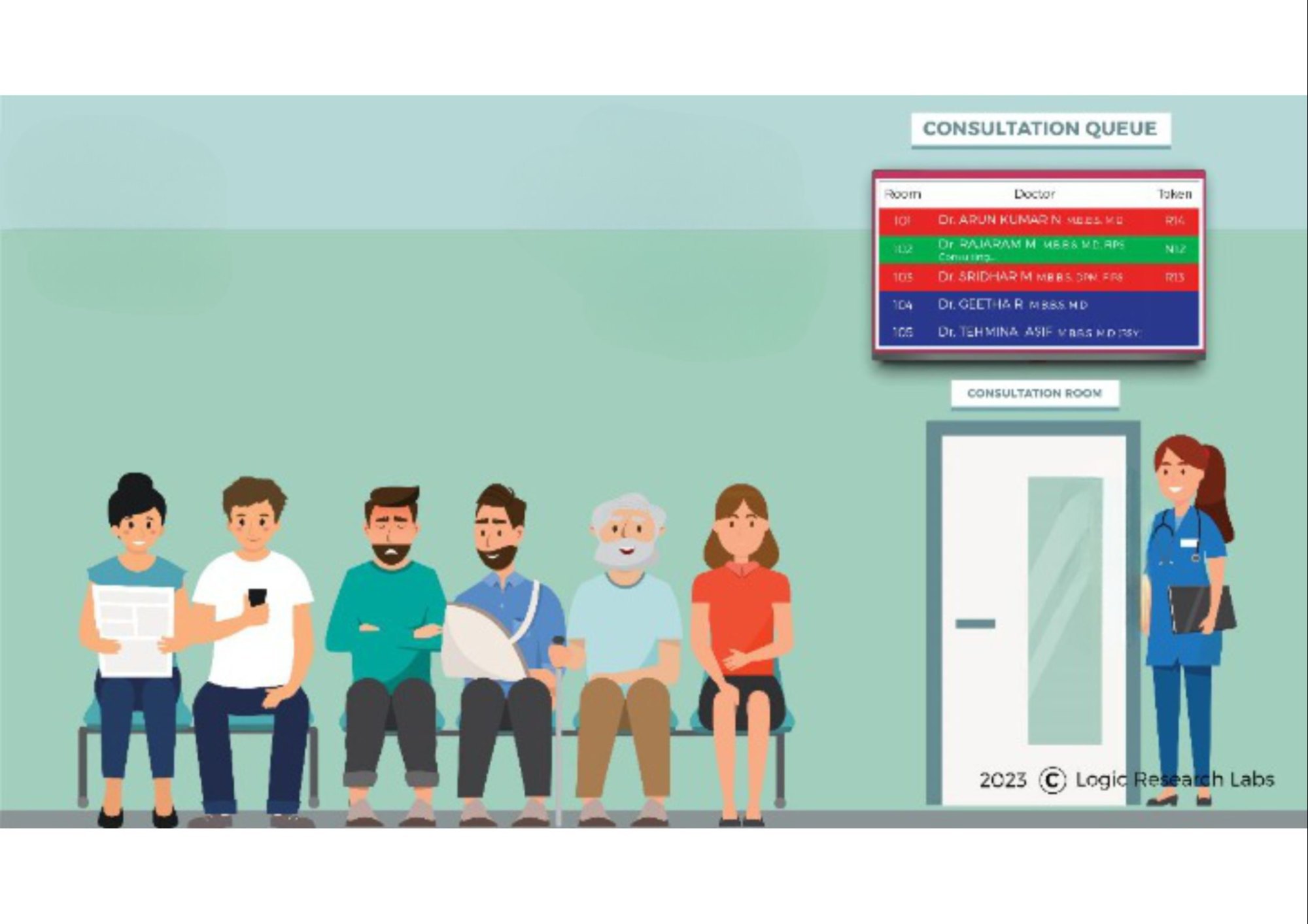
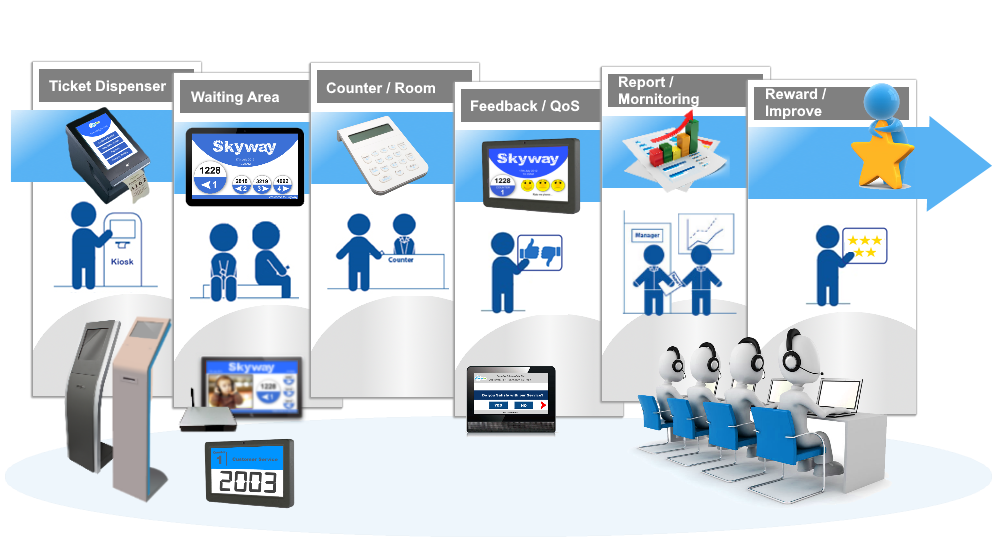
● The system is designed to support a wide range of services and providers.
● Cost-effective components ensure the system remains affordable while
maintaining functionality.
● The system allows for the use of different display screens, including LED and LCD options, to suit the needs of different environments.
● The distributed architecture simplifies the installation of waiting area displays and token-issuing kiosks across various locations.
● Its versatile configuration can be easily customized to fit a variety of applications and operational requirements.
● Includes a central hub to manage multiple services and dispensers efficiently.
● Ideal for environments with moderate traffic, ensuring efficient operation and smooth service flow.
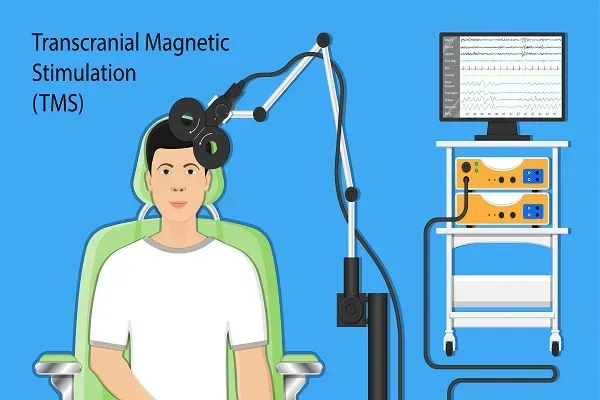
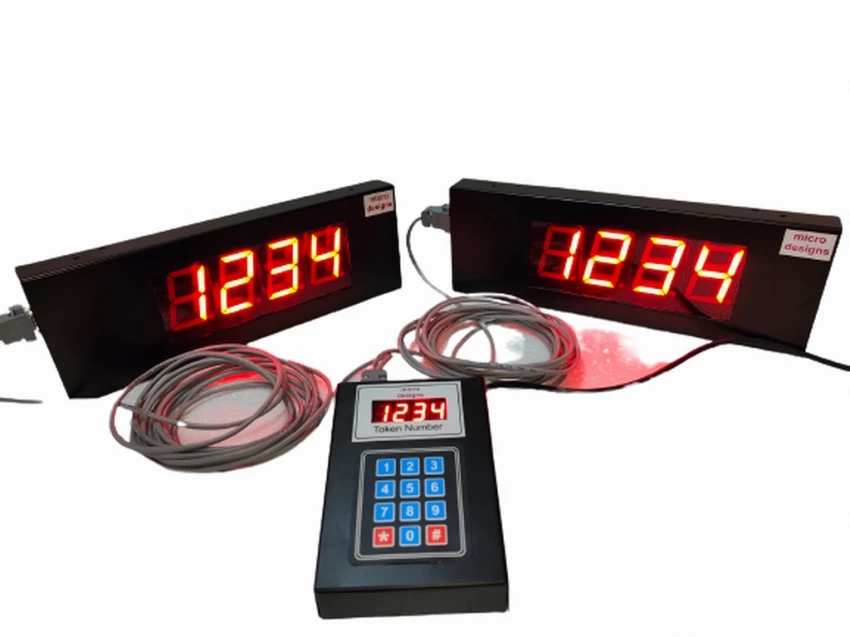
● Connect multiple Token Calling Units to a single display with automatic detection
and adaptive functionality.
● Adjust the volume for digital announcements from any of the connected units.
● High-quality voice announcements in the desired Indian language, along with
English.
● The Token Calling Unit is ergonomically designed to allow easy token number
entry.
● Token Calling Unit requires no additional power source, removing the need for
an operator's desk outlet.
● The low operating voltage ensures safety and energy efficiency.
● The soft LCD integrated into the unit reduces user fatigue, enhancing the overall
experience.
● Token number entries can be sequential or random, offering flexibility in options.